Latinx artists finally get New York recognition

Roula Khalaf, Editor of the FT, selects her favourite stories in this weekly newsletter.
It seems as though everywhere one looks in New York City, Latinx artists are making their mark. In April, El Museo del Barrio in East Harlem, established in 1969 as a neighbourhood museum by and for the Puerto Rican community, opened a major retrospective devoted to the work of its founder, Raphael Montañez Ortiz. Venture to the Brooklyn Museum and you’ll find a solo show of Guadalupe Maravilla, who fled El Salvador’s civil war as a child and whose mesmerising sculptures and sound art channel healing. At the Whitney Biennial, the works of Coco Fusco and Guadalupe Rosales — to name just two Latinx artists in the exhibition — resonate with poignant immediacy.
They’re making an impact on the city’s commercial side too. In Frieze New York, François Ghebaly will show a painting by Danielle De Jesus of the working-class inhabitants of her native Bushwick in Brooklyn, rendered through the prism of her experience as a Puerto Rican in the diaspora. It is a monument to the residents of a community fragmented by gentrification and displacement.
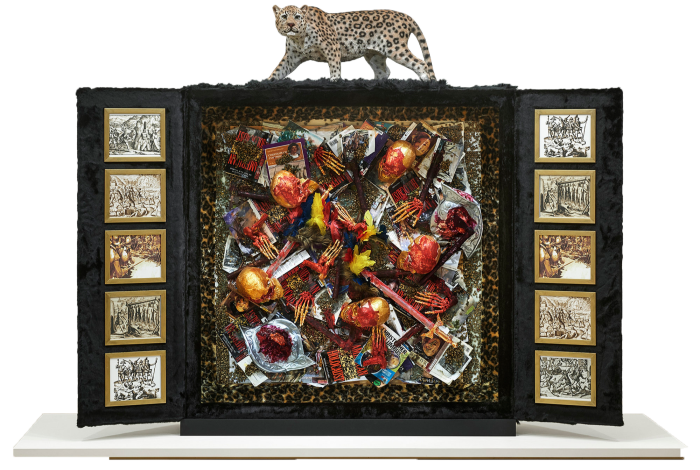
De Jesus’s work will be one of several at the fair by artists who identify as Latinx — a gender-neutral term for individuals of Latin American descent who live in the US. Alexander Gray Associates will show a piece by Ecuadorean-born, Bronx-based artist Ronny Quevedo, whose visual language melds cartography and pre-Colombian references in meditations on labour and heritage; Galeria Luisa Strina is bringing work by Clarissa Tossin, who grew up in Brazil and lives in Los Angeles.
Raving about the ubiquitous presence of Latinx artists in New York’s art world as a phenomenon risks concealing the truth, which is that they’ve always been here — and too often sidelined, subsumed under the broader “Latin American art” label or defined solely by identity, not aesthetic, social and intellectual interests. But now they’re starting to move beyond these tight confines into a place of prominence.
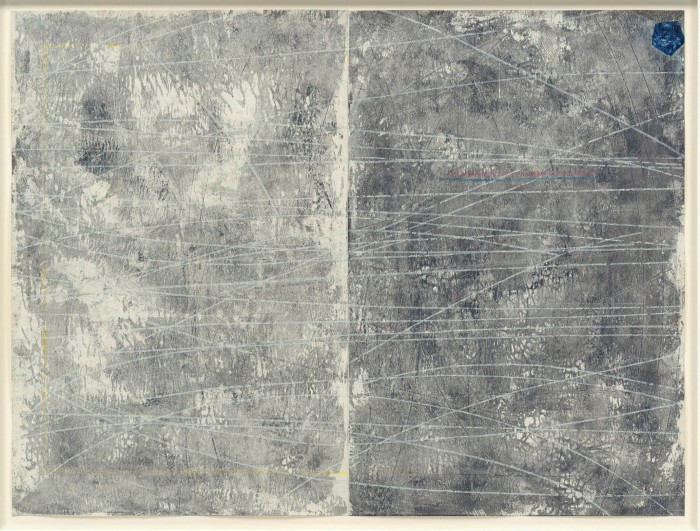
“I wish we could finally delink Latinx art from Latin American art as the only rubric to address these artists,” says scholar Arlene Dávila, a leading voice in advocating for the autonomy and visibility of Latinx artists. “Latinx art has been historically marginalised and the only way to address the disinvestment in these artists is to stop aligning them to a category that is more recognised in museums, and for the art scholarship to focus on Latinx with specificity.”
Collectors such as Patricia Phelps de Cisneros and Estrellita Brodsky have done much to propel Latin American art on to the world stage, but patronage of Latinx artists at such a scale has been comparatively rare, and when it comes to Indigenous and Afro-Latinx creators, the gap is glaring. The contributions of the Chicano movement, for instance, have been overwhelmingly neglected by mainstream institutions that long favoured art produced in Latin America, often perceived as more “authentic”. (The first museum in the US dedicated to Mexican-American art, the Cheech Marin Center, is set to open in Riverside, California, this summer.)
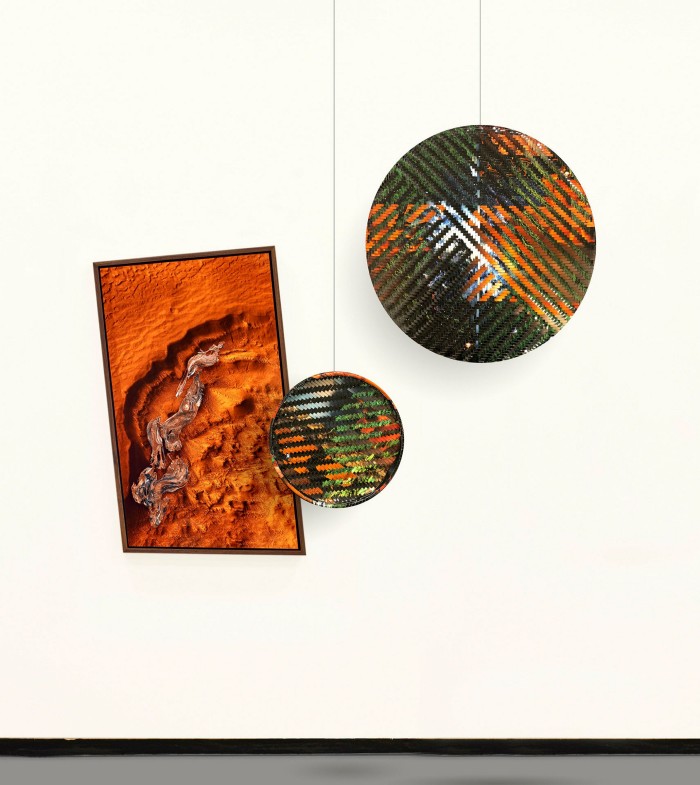
Another obstacle has been a dearth of Latinx individuals in positions of influence, including critics and journalists. This reflects a deeper, longstanding pattern of discrimination against Latinx people in the US. Employing dedicated curators of Latinx art in major museums is one way to redress lacunas. Since 2013, for example, the Whitney Museum of American Art has more than doubled its holdings of works by Latinx artists, according to Marcela Guerrero, the museum’s first curator to specialise in this category. Scattered across the cultural landscape, she perceives signs of growth — new gallery representation of artists such as Leslie Martinez by Commonwealth and Council, for instance; the first institutional survey of Eamon Ore-Giron, held at the Museum of Contemporary Art Denver; a $5mn commitment to support Latinx artists by the Ford and Mellon Foundations.
What these examples have in common, Guerrero says, “is that their understanding and interpretation of these themes and artists is not one-dimensional, based solely on the fact that something can be categorised as ‘Latinx’ or not.” Rather, this label is coming to stand for a more sophisticated “intersectional reading” of how the artist’s identity and their art’s themes interact.
In fact, many Latinx artists are not necessarily promoted or contextualised as such — in part because, as Dávila says, “Latinx art is American art.” At auction, says Anna Di Stasi, head of Latin American art at Sotheby’s, collectors are less interested in specific regions than in “how the work relates to their own experience”. And while the art world loves identity markers, “Latinx” is a term both expansive and slippery, making it difficult to pinpoint the record hammer price for a Latinx artist. Jean-Michel Basquiat, whose record stands at $110mn, is typically described as a black American, though his mother was Puerto Rican and his father was Haitian.
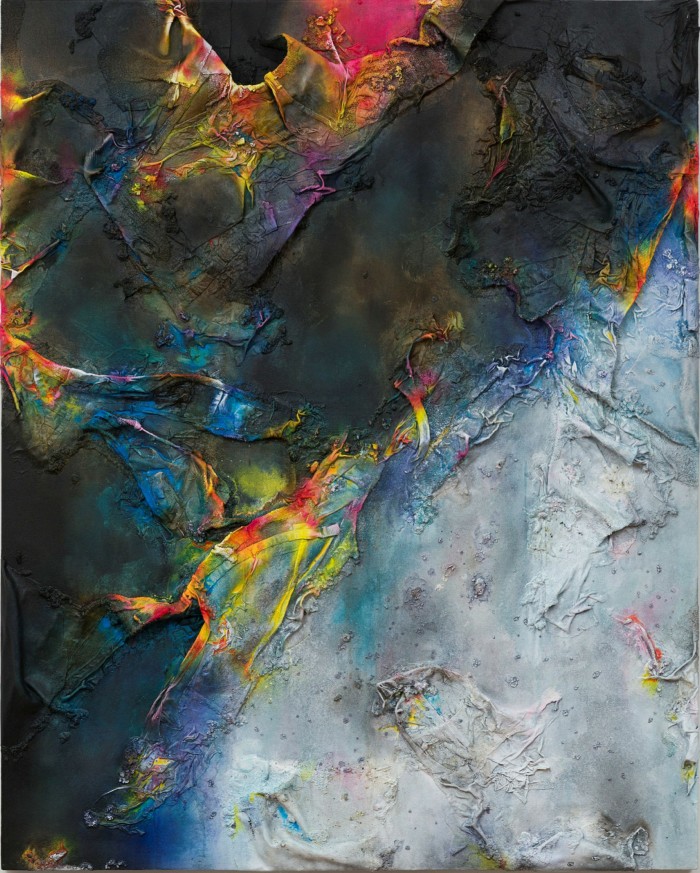

Staking a claim for Latinx artists in the canon is not simply about diversifying the art-historical narrative but about unravelling tightly wound conceptions of what this art can be. Beatriz López, who co-founded Instituto de Visión (Bogotá/New York) with a focus on overlooked conceptual artists, recalls feeling like an outsider when she participated in her first major art fair back in 2012. But at Art Basel Miami Beach last year, when she showed works by the Colombian, Los Angeles-based artist Carolina Caycedo, something had changed.
“After so many years of being met with resistance for exhibiting pieces committed to ecological or social issues instead of pandering to the market, I realised that the fairs in general had taken that tone,” López says. “I did not have to adapt my vision. The issues that have preoccupied Latin artists, heirs of a colonial tradition and an imposed modernity, are now urgent issues globally.”
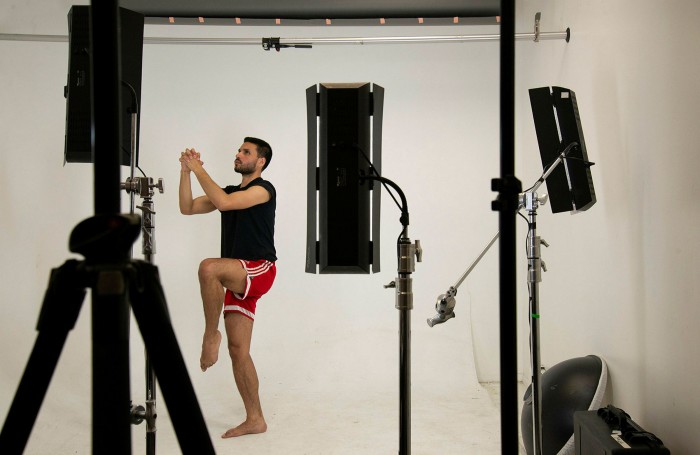
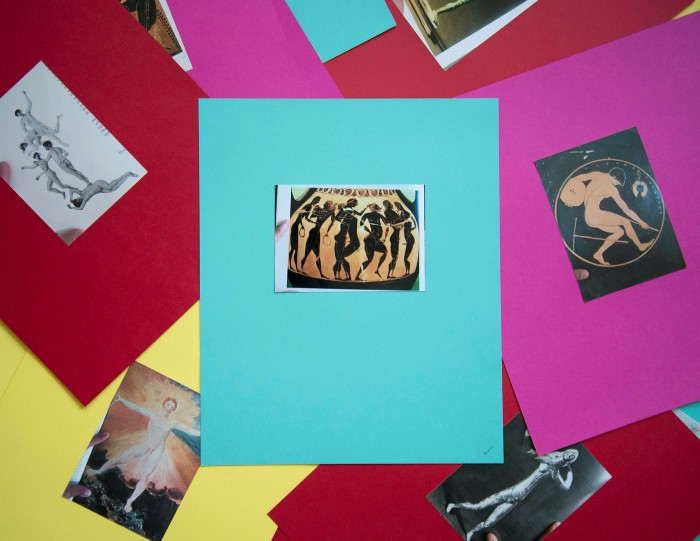
Take the case of Camilo Godoy, “a queer, brown, Colombian, New York-based artist”, says Alexandra Morris, co-founder of gallery Proxyco. “He recalls that a few years back neither museums nor granting institutions were paying any attention to his highly sexualised photographs.” But with time, as institutions have been forced to embrace social and political practices in order to stay relevant, “museums in New York have become more interested in multiple Latinx/LatAm perspectives”.
Quantifying progress, however, is difficult without a centralised effort to track institutional acquisitions of Latinx art on a national level. The meagre assessments available paint a picture of incremental progress: a 2021 report by the American Alliance of Museums found that Latinx individuals are “woefully under-represented in museum collections, exhibitions, staff and boards”, despite making up nearly one in five of the country’s population.
Speaking of De Jesus, the first artist to join Nicole Calderón’s namesake gallery for Latinx and Latin American art, Calderón describes her “meteoric rise”, with a painting acquired by the Pérez Art Museum in Miami and a new body of work slated to go on view at MoMA PS1 this summer. But overall, she says, interest in Latinx artists “is barely scratching the surface”.
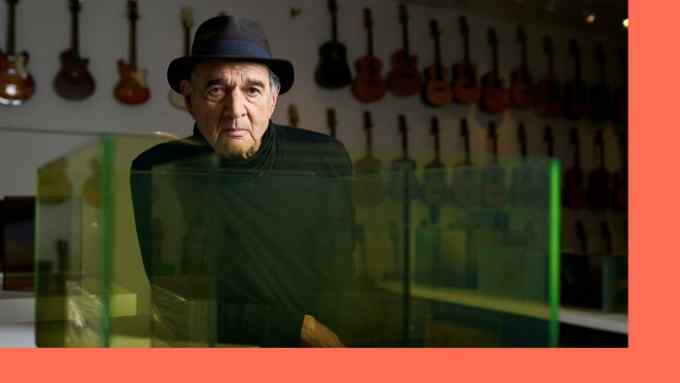
Comments